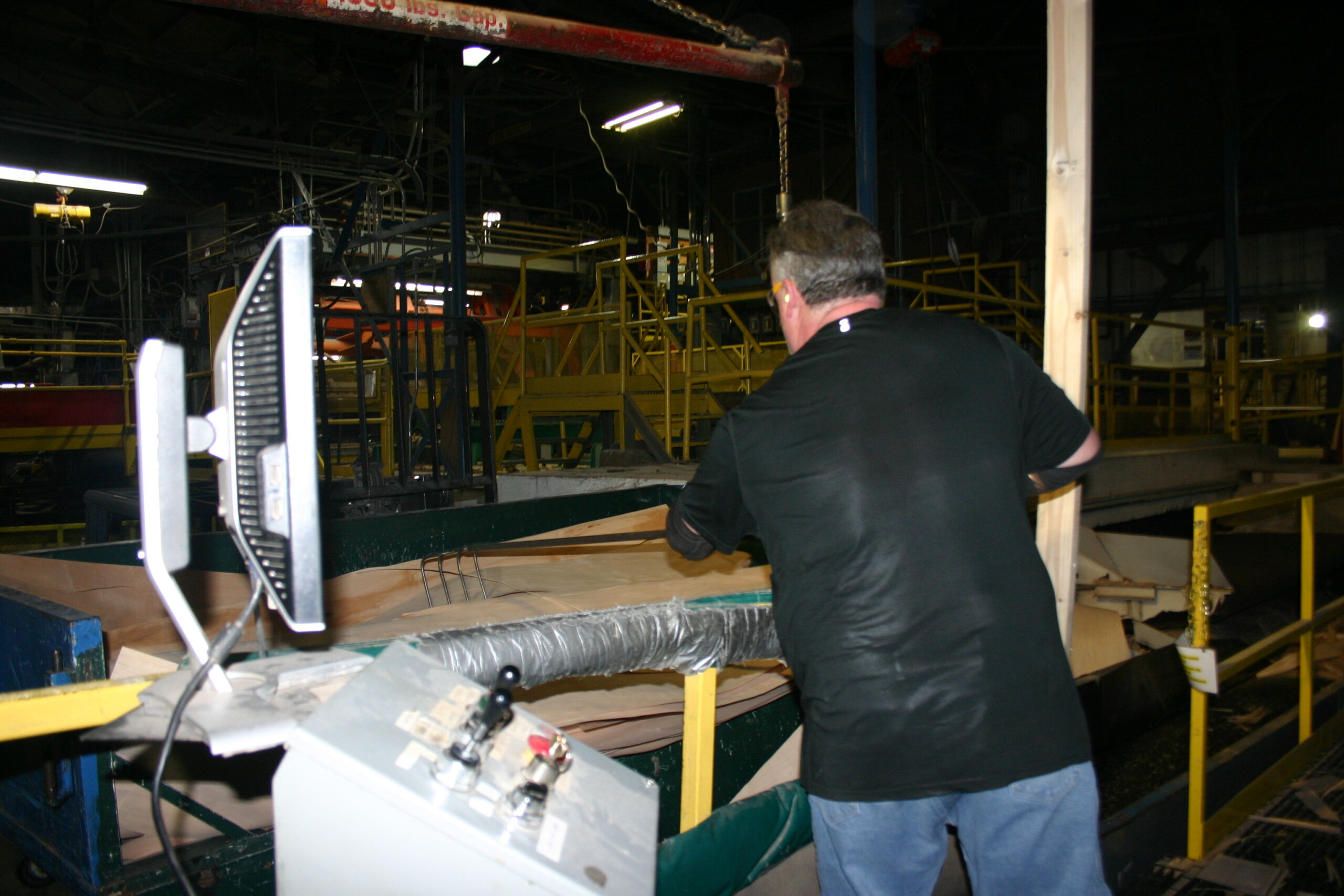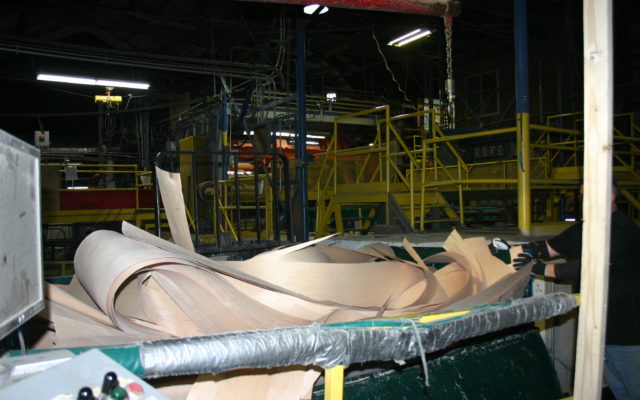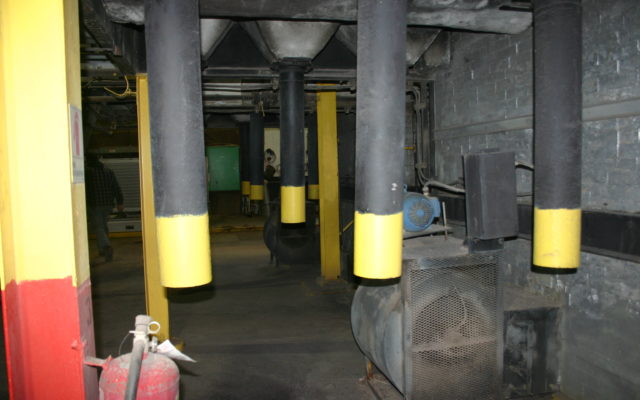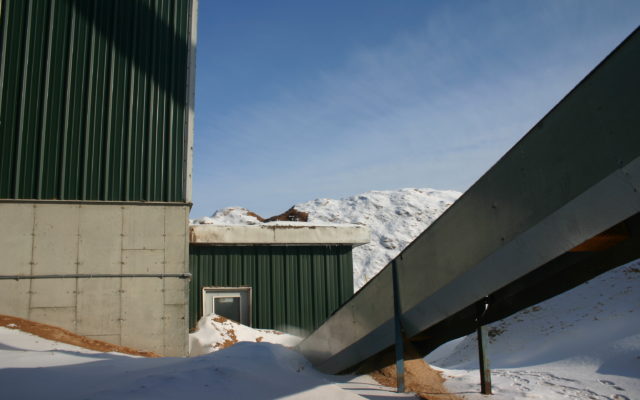
PRESQUE ISLE, Maine — On Missile Street in Presque Isle, one local wood hardwood veneer and plywood company has found success in generating heat from veneer byproduct since the company’s inception in the early 1960s.
For 24 hours every day, Columbia Forest Products takes on a lengthy, hands-on process that has continually saved the company money in heating costs.
During the 1940s, the building that now houses Columbia was a missile base that generated heat using oil. Like most wood manufacturing facilities, Columbia has relied on byproduct heating because the process is free and saves them money that they would otherwise use to generate heat with oil.
“I’ve never done an official cost comparison between our current heating methods and fuel oil, but I know that other options have never been a consideration for us,” Ryan Bragdon, industrial engineer at Columbia Forest Products, said. “Not having to spend money on heating gives us more room for if we have to do major renovations to any of the buildings.”
Columbia’s heating system typically produces 40 tons of fuel during the winter months and around 20 tons or less during summer. The process begins when a waste handler rakes veneer byproduct onto a conveyor belt. A machine called a “hog” chews up byproduct and dumps it into boilers that have their own surge bin. On the bottom of surge bins, augers slowly feed the byproduct into smaller augers.
“Once that happens, the fuel gets burned in the base of the boilers and the heated gases move up through the combustion chamber,” Boiling Operator Justin Stairs said. “This warms the boiler tubes and heats the water in these tubes into steam.”
The resulting steam moves out through a main line, which provides steam for three functions at Columbia’s mill: the steam dryer used to dry veneer, steam vats that cook logs to the desirable core temperatures and steam heat that generates heat to the main cut/dry building and office building.
Excess byproduct not used during the initial stages goes from the conveyor belt into a Laudig pit outside. When the boilers aren’t running on the weekends, Columbia uses the excess byproduct as sawdust to fuel the boilers when the mill is not running.
“With the process, the sawdust goes into an auger that rides on the bottom of the pile until it pulls them into the middle,” Stairs said.
During two 12-hour shifts per weekday, boiler operators at Columbia monitor the boilers with cameras at all times to ensure that they continue running without problems 24/7 throughout the year. They also monitor the chemical balance levels within the boilers to ensure that chemicals remain at a safe level and don’t deteriorate the tubing inside the pipes.
“There are other biomass facilities that have automated boiling systems that can run themselves, which we call ‘cruise control.’ Our facility has a more manuel process, but it’s functional and efficient,” Bragdon said.
- This veneer byproduct is used by Columbia Forest Products to generate heat for various needs in the veneer and plywood company’s mills. (Melissa Lizotte)
- The two main boilers at Columbia Forest Products, both built in 1963, is where veneer byproduct burns into heating fuel to aide in the company’s various heating needs. During this stage, the fuel gets burned in the base of the boilers and the heated gases move up through the combustion chamber. This warms the boiler tubes and heats the water in the tubes to steam. (Melissa Lizotte)
- Excess veneer byproduct not used in the heating process at Columbia Forest Products in Presque Isle goes through this conveyor belt to be used in the Laidig pit during the weekend to generate heat when the boilers are not running. (Melissa Lizotte)







